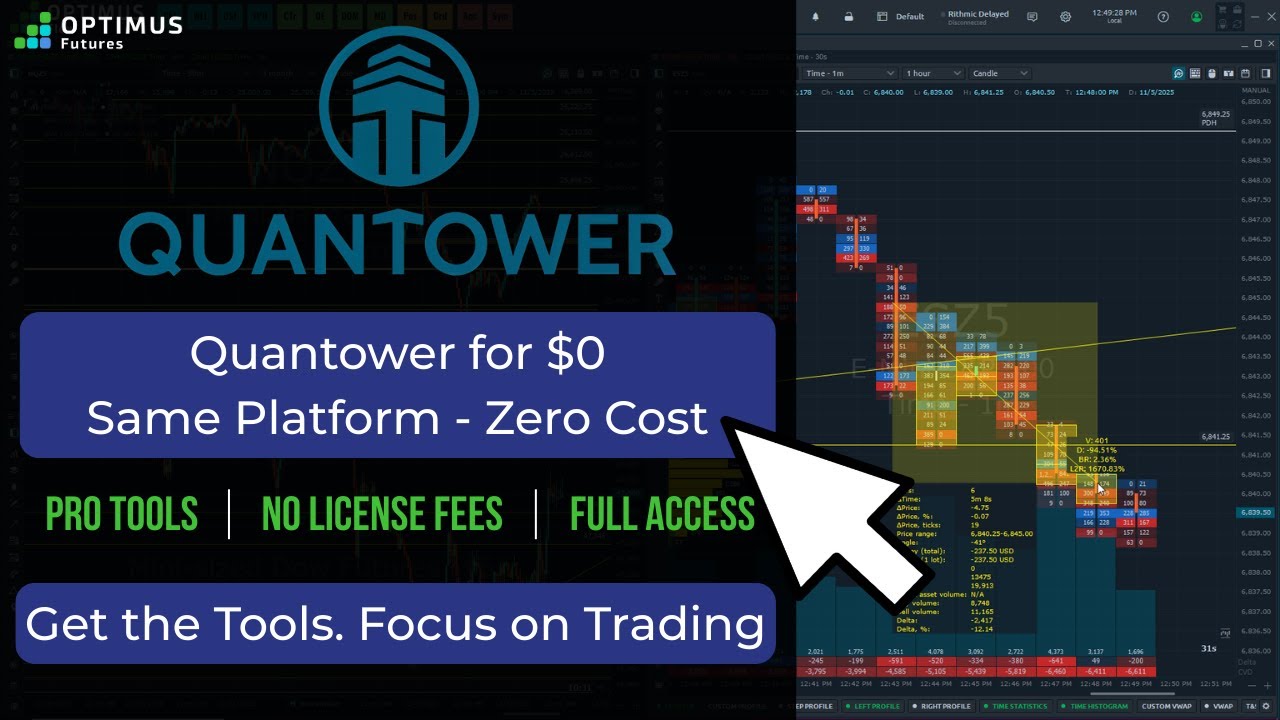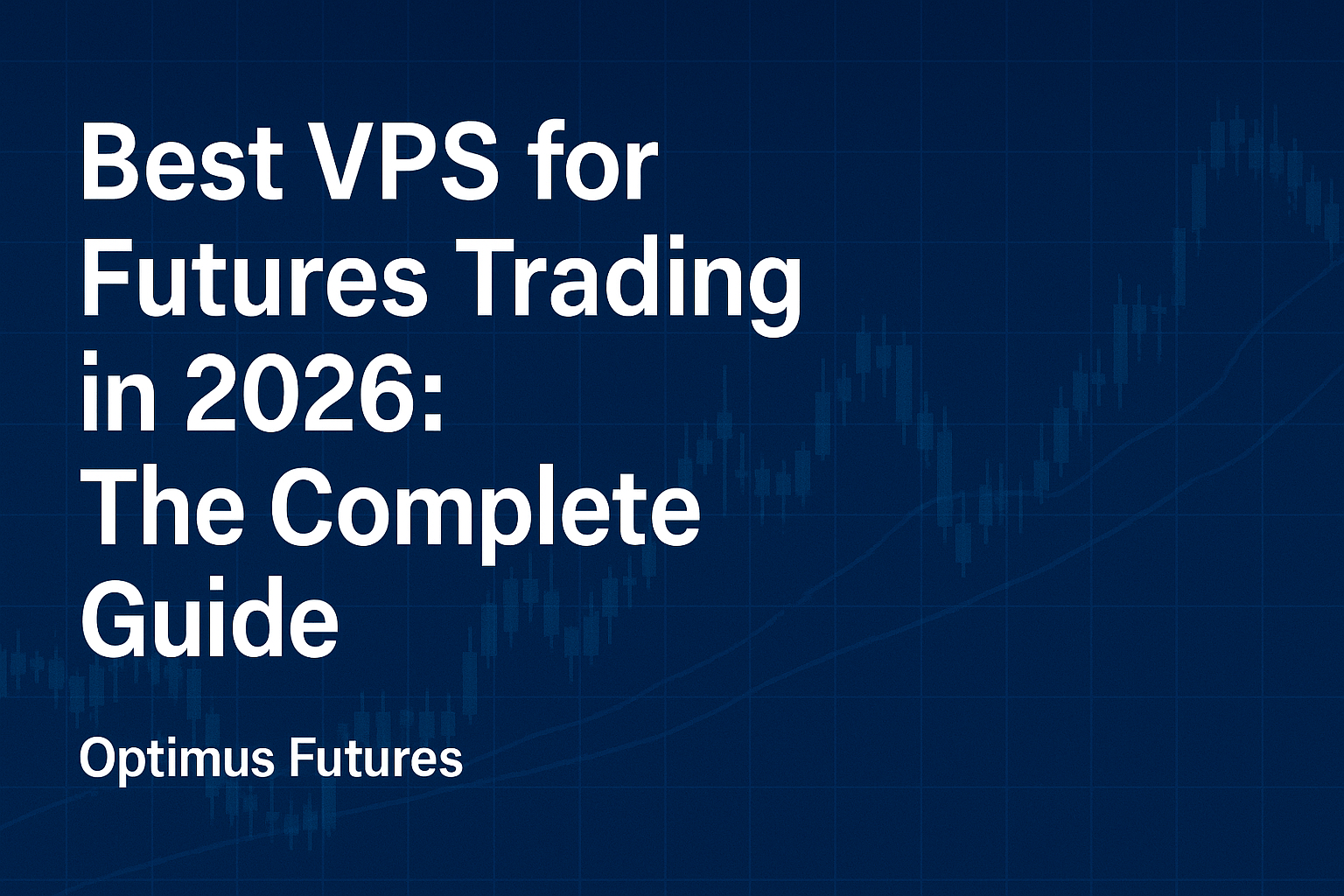This article on Nano Bitcoin Futures is the opinion of Optimus Futures. There is a substantial risk of loss in futures trading. Past performance is not indicative of future results.
Here’s a breakdown of Coinbase Derivatives’ Nano Bitcoin futures contract and everything you need to know to start trading.
What are Nano Bitcoin Futures
Nano Bitcoin futures allow traders to easily express a long or short view on the price of Bitcoin while locking in a predetermined price for a future date.
Nano Bitcoin futures allow traders to speculate on the price of Bitcoin or hedge their crypto exposure in an easy to use format allowing for both long and short positions without physical settlement/delivery.
The contract will be listed under the symbol ‘BIT’ + the month code, indicating which month the contract will settle. Example: you can lock in a price for a BITZ22 contract today, and it will settle in December 2022 (Z22). You can find a complete list of month codes here.
Futures vs. spot
The spot market provides instant buying and selling of crypto you own, while futures contracts trade instantly, but with settlement at a predetermined future date and allows you to buy or sell crypto without owning the asset. Someone might buy a futures contract hoping the market value of their trade rises before expiry.
Nano Bitcoin Futures Contract Size
At 1/00th of a Bitcoin, the Nano Bitcoin futures is accessible for every size of trader. Example: if the price of a BIT contract is $20,000, then the value of that contract would be $200 (1/100 *
$40,000).
Nano Bitcoin Futures Trading Hours
Nano Bitcoin Futures will be available for trading Sunday – Friday 6:00 p.m. – 5:00 p.m. ET, with a 1 hour break from 5:00 p.m. – 6:00 p.m. ET.
Settlement
Nano Bitcoin futures are cash-settled, meaning that no actual Bitcoin changes hands or is needed to trade. Trades can be entered/exited in USD at any time before expiration. Suppose positions are held until the expiry of the contract. In that case, the resulting profit or loss will also be settled in USD.
Pricing and Tick Increments
The price of your Nano Bitcoin futures contract will align with the spot price of Bitcoin. The critical difference between spot and futures will be the futures contract will represent Bitcoin at a predetermined price for when your contract settles.
Nano Bitcoin futures prices will move in $5 increments. Each $5 increment represents $0.05 of P&L per contract because the Nano Bitcoin Future is 1/100th of a Bitcoin.
Example: The futures price could move as follows, 40,000 – 40,005 – 40,010 etc.
Nano Bitcoin Futures Margins
One of the key benefits of margined futures is that less upfront capital is required to trade than outright trading in the spot market. This provides leverage.
The Nano Bitcoin futures contract offers ~30% margin, meaning traders only need to put up ~30% of the value for the contract(s) they intend to trade.
Example: A trader looking to buy a Nano Bitcoin futures contract trading at a price of $40,000, can place the trade for $120 (40,000 price * 1/100th size * 30% margin). If a trader was looking to put on a similarly sized spot position, they would have to pay 100% of the notional value and place a trade for $400 ($40,000 price * 1/100th size) as compared to $120 in futures.
Trading Nano Bitcoin Futures Long: Example
On November 1st 2022, the December Nano Bitcoin futures (BITZ22) are trading at $40,000.
- A trader enters into a long position, buying 2 BITZ22 contracts at $40,000.
- The notional value of the position is $800 (1/100 contract size * $40,000 * 2 contracts).
- The margin on BITZ22 is 30%, so the amount of capital needed from the trader to put on the trade is $240 ($800 position notional * 30% margin)
- On November 20th 2022, BITZ22 is trading at $45,000. The trader decides to close their position by selling their 2 BITZ22 contracts, profiting $100 ([$45,000 -$40,000]*[1/100]*[2] contracts ((current price – entered price)*contract size*number of contracts)).
Trading Nano Bitcoin Futures Short: Example
On November 1st 2022, the December Nano Bitcoin futures (BITZ22) are trading at $40,000.
- A trader enters into a short position, selling 2 BITZ22 contracts at $40,000.
- The notional value of the position is $800 (1/100 contract size * $40,000 * 2 contracts).
- The margin on BITZ22 is 30%, so the amount of capital needed from the trader to put on the trade is $240 ($800 position notional * 30% margin)
- On November 20th 2022, BITZ22 is trading at $35,000. The trader decides to close their position by buying 2 BITZ22 contracts, profiting $100 ([$40,000 – $35,000]*[1/100]*[2] contracts ((entered price – current price)*contract size*number of contracts)).
Virtual Currency Specific Disclosures
PLEASE BE ADVISED THAT OPTIMUS FUTURES IS A MEMBER OF NFA AND IS SUBJECT TO NFA’S REGULATORY OVERSIGHT AND EXAMINATIONS. HOWEVER, YOU SHOULD BE AWARE THAT NFA DOES NOT HAVE REGULATORY OVERSIGHT AUTHORITY OVER UNDERLYING OR SPOT VIRTUAL CURRENCY PRODUCTS OR TRANSACTIONS OR VIRTUAL CURRENCY EXCHANGES, CUSTODIANS OR MARKETS.
PURSUANT TO NFA RULES OPTIMUS IS REQUIRED TO PROVIDE YOU WITH THE FOLLOWING MATERIALS PUBLISHED BY NFA AND THE CFTC:
- NFA INVESTOR ADVISORY – FUTURES ON VIRTUAL CURRENCIES INCLUDING BITCOIN
- CFTC CUSTOMER ADVISORY – UNDERSTAND THE RISKS OF VIRTUAL CURRENCY TRADING




